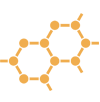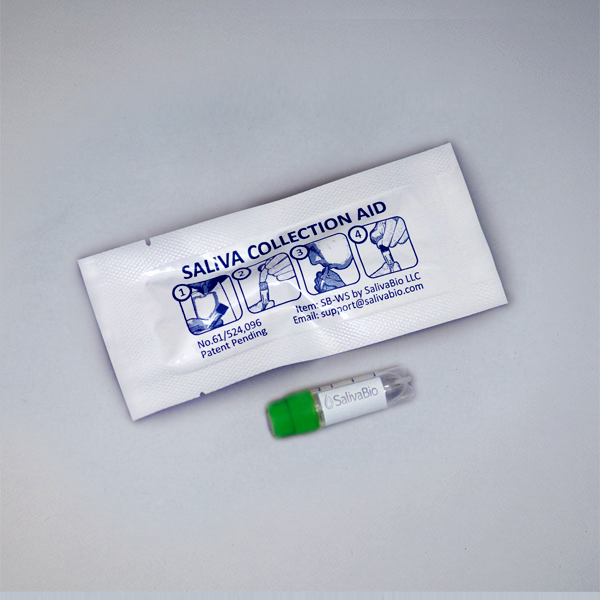Need Help?
Ask an expert
1. How to collect Salivary Interleukin-7
APPROVED SALIVARY CYTOKINE COLLECTION METHODS
Salivary Cytokine Collection Protocol
Collection volume, general considerations, and basic guidelines to maximize salivary IL-7 sample integrity. Use this analyte-specific collection protocol to plan you collection methodology and sampling schemes.

2. How to Assay for Salivary Interleukin-7
Send Saliva Samples to Salimetrics
Add to StudyEasy and accurate results from the most trusted Salivary Bioscience Laboratory.
All Lab ServicesOrder Code5209
3. Technical Summary
| Analyte Summary | |
|---|---|
| Analyte: | Interleukin-7 |
| Aliases: | IL-7 |
| Serum-Saliva Correlation: | NA |
| Optimum Collection Volume: | 100 μL |
| Assay Summary | |
|---|---|
| Methodology: | ECL |
| Sensitivity: | 0.16 pg/mL |
| Assay Range: | 0.16 – 563 pg/mL |
| Assay Type: | Quantitative |
Background
Human Interleukin 7 (IL-7) activity is important for every stage of T cell development and survival of naïve T cells and generation and maintenance of CD4 and CD8 T cell memory. It is also important for the formation of lymphoid structure and defense mechanisms mediated by lymphoid cells. Pathologies associated with IL-7 are those mediated by the dysregulation of lymphoid function leading to autoimmune diseases such as diabetes and multiple sclerosis, (1) and chronic inflammatory diseases, including rheumatoid arthritis and inflammatory bowel disease (2). IL-7 signaling is also associated with several types of lymphoid leukemias (3). IL-7 is a glycosylated 25 kDa hematopoietic growth factor that plays a central regulatory role throughout the lymphoid system (3).
References & Salivary IL-7 Research
- Lee LF, Logronio K, Tu GH, Zhai W, Ni I, Mei L, et al. (2012). Anti-IL-7 receptor-alpha reverses established type 1 diabetes in nonobese diabetic mice by modulating effector T-cell function. Proceedings of the National Academy of Sciences of the United States of America. 109(31):12674-9.
- Belarif L, Danger R, Kermarrec L, Nerriere-Daguin V, Pengam S, Durand T, et al. (2019). IL-7 receptor influences anti-TNF responsiveness and T cell gut homing in inflammatory bowel disease. J Clin Invest. 129(5):1910-25.
- Barata JT, Durum SK, Seddon B. (2019). Flip the coin: IL-7 and IL-7R in health and disease. Nat Immunol. 20(12):1584-93.
 Contact: Salimetrics (USA)
Contact: Salimetrics (USA)



